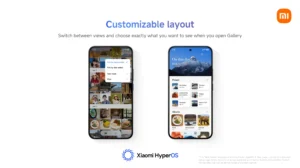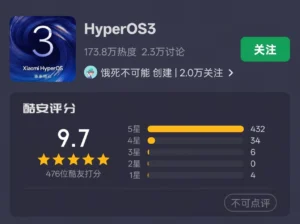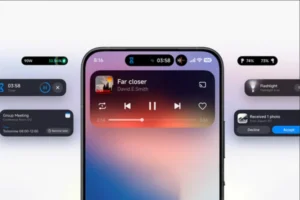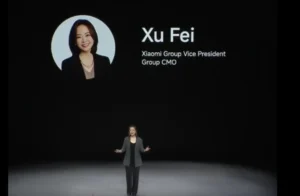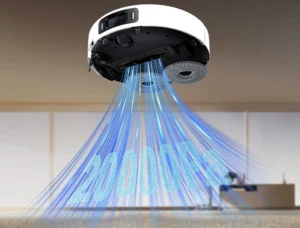HyperOS 3 OTA: Xiaomi’s Smart Update Strategy
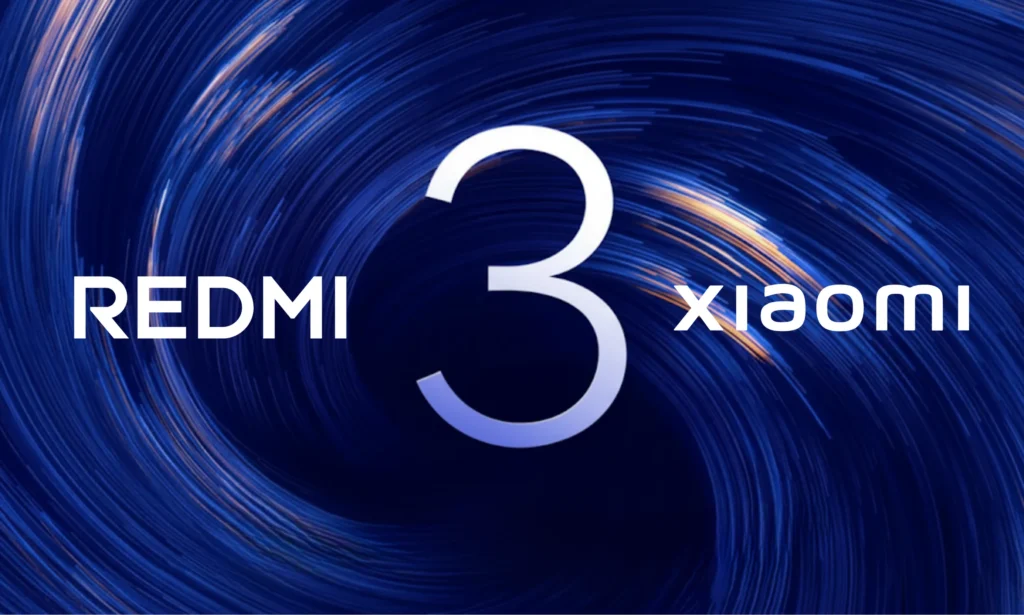
HyperOS 3 OTA Updates: Xiaomi’s Smarter, More Accessible Strategy Unveiled
In the blink-and-you’ll-miss-it pace of the smartphone universe, software updates are far more than just technical fixes. They’re the ongoing evolution of the gadgets we rely on every single day. Imagine your phone not only squashing bugs but also getting shiny new AI features, battery optimizations, and privacy boosts – all without you ever having to trek to a repair shop. That’s the magic of OTA (Over-The-Air) updates, wirelessly delivering and installing software straight to your device. While giants like Apple with iOS and Google with Android have pretty much perfected this dance, Xiaomi is really shaking things up in the global market with its unique approach.
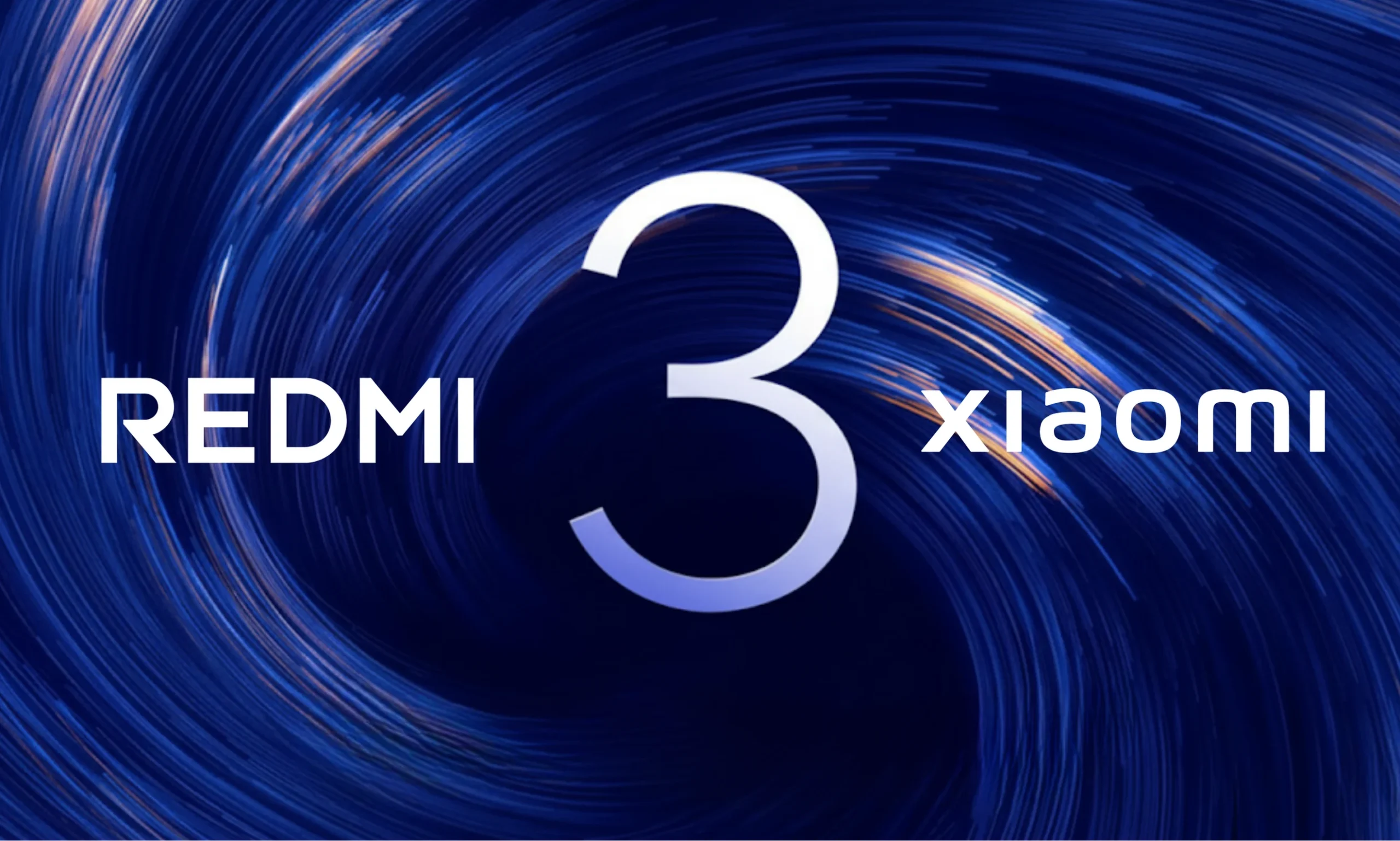
The Evolution of OTA: From Basic to Strategic
Now, let’s talk about Xiaomi. This Beijing-based tech powerhouse has transitioned its Android-based OS, MIUI, into HyperOS. Think of it as a unified platform designed to connect not just phones, but also cars, wearables, and smart home devices. Launched back in October 2023, HyperOS (or 小米澎湃 OS in its native tongue) is clearly aiming to go head-to-head with Huawei’s HarmonyOS by championing fluidity, efficiency, and seamless cross-device integration. And now, with the buzz around HyperOS 3, the company is taking its update game up a notch. They’re adopting what’s known as a “gray deployment” strategy (灰度策略), which is essentially a clever balancing act between rolling out the latest innovations and ensuring rock-solid stability. This news, fresh from October 6, 2025, shows just how Xiaomi is refining its OTA logic to be more inclusive, catering to the millions of eager users who can’t wait for the newest tech.
Understanding the “Gray Deployment” Strategy
To really grasp why these HyperOS 3 improvements are a big deal, we need to look at the challenge behind mass updates. With over 6 billion active smartphones globally (yep, that’s the 2025 Statista figure!), pushing out updates to everyone at once is a huge risk. One tiny glitch could bring down millions of devices, leading to server meltdowns or a social media firestorm. This is where the “gray strategy” comes in. It’s a term borrowed from software development, meaning updates are released gradually, like a grayscale filter on an image: you don’t see it all at once; it reveals itself piece by piece.
Historically, Xiaomi has leaned heavily on closed betas for testing HyperOS, recruiting willing volunteers who are okay with a bit of risk for early access. But with HyperOS 3, they’re switching gears to a hybrid approach. They’re prioritizing manual detection by users and combining that with randomized rollout batches. What does this mean for you? Once a version hits a certain “volume scale,” you’re not just left to chance. You can actively push for the update yourself directly from your Settings app. It’s a subtle but powerful shift – moving from a passive “wait to be chosen” model to a proactive one, putting more control back into your hands without sacrificing safety.
This isn’t exactly uncharted territory. Companies like Samsung with its One UI and even Tesla for its car software use similar methods to catch glitches before they become widespread problems. But Xiaomi is adapting this strategy to its “fast and furious” philosophy: frequent updates to keep things fresh in a market where obsolescence is always lurking. Back in September 2025, for instance, the third beta round for HyperOS 3 covered 11 key models, including the Xiaomi 14 and the Redmi Note series, clocking in over 120,000 beta testers – a tenfold increase from their initial target! This really speaks volumes about the maturity of the system and sets the stage for a smooth global rollout.
Under the Hood: How HyperOS 3’s OTA Logic Works
Let’s peek under the hood at what makes HyperOS 3’s OTA logic tick. It’s built on a few core principles. First up, that initial beta recruitment is like a crucial “safety filter.” A dedicated group of tech enthusiasts puts the version through its paces in real-world scenarios, then dishes out feedback via forums like Xiaomi Community. Once everything looks good, the gray deployment kicks in. Servers start selecting users randomly in ever-increasing batches, factoring in things like your region, device model, and update history.
The real game-changer here is the “fusion of prioritized manual and random detection.” As Wang Le, director of Xiaomi’s software app division, put it, “under a determined deployment scale, as long as you manually detect it, you can receive the update.” In practice, this means you simply navigate to Settings > About phone > System update and tap “Check for updates.” If you’re part of the active batch, boom! If not, don’t sweat it. Wang Le suggests checking once a day. He clarified that repeatedly checking at the exact same moment won’t speed things up, which is a handy tip to manage expectations and avoid that constant refreshing urge.
This approach really helps dial down “update anxiety,” a common phenomenon where users get a bit obsessed with checking for the latest software. Plus, there are built-in safeguards: updates can be paused in regions with spotty network coverage or during peak traffic times, like during China’s National Day holiday (October 1st). On the performance front, HyperOS 3 is promising a 20% boost in RAM efficiency and deeper AI integrations, like a more context-aware Xiao AI assistant.
What This Means for You and Xiaomi’s Future
So, what does all this technical jargon mean for the average user? Quite simply, it translates to greater accessibility. You’re no longer just a number waiting for an algorithm to pick you; you can take charge with a simple tap. In a global landscape where Xiaomi ships over 150 million units annually (according to Canalys 2025 data), this kind of user-centric approach builds serious loyalty. For big markets like India and Spain, with massive fan bases, it means more equitable rollouts and fewer regional frustrations.
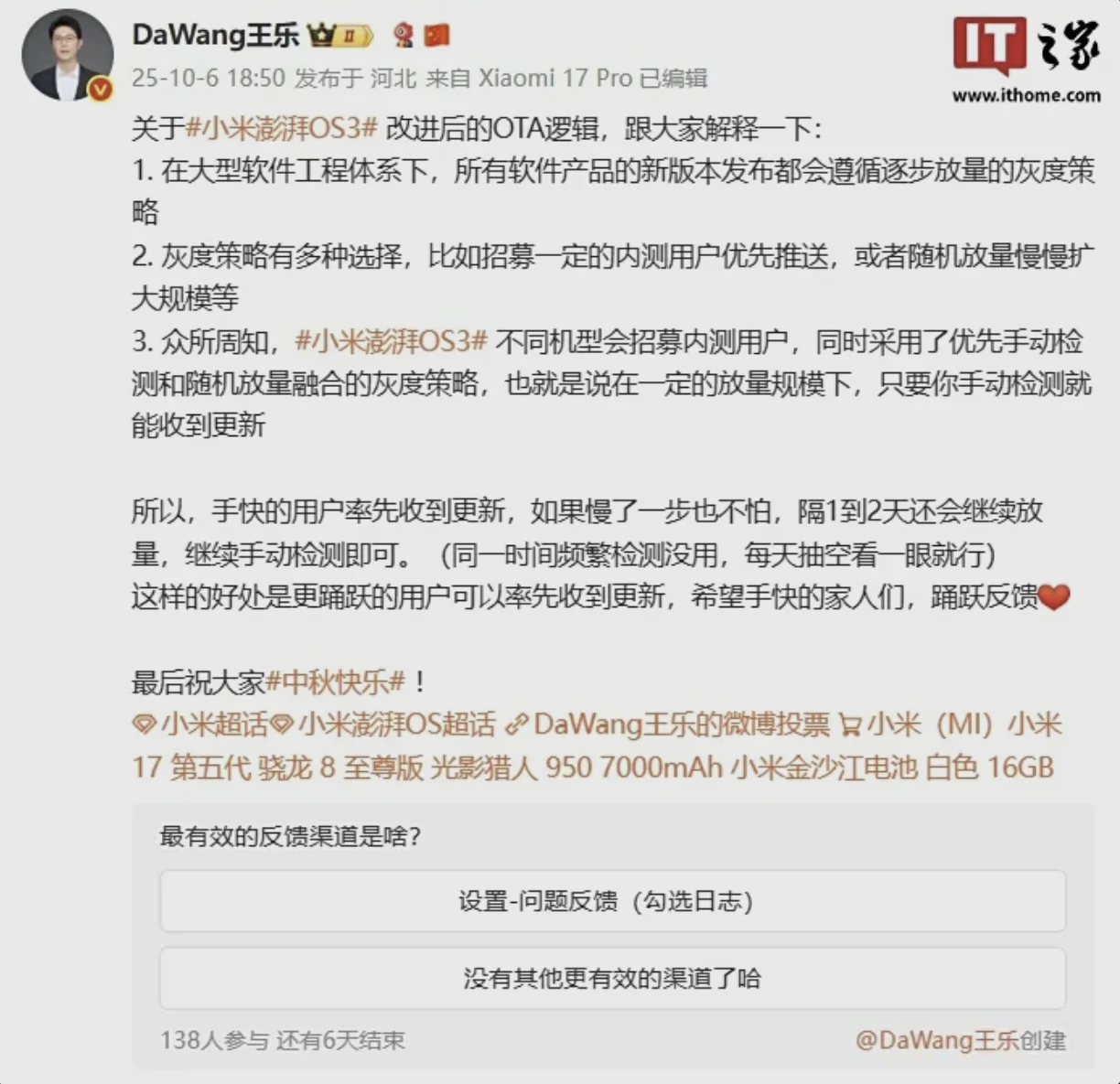
The Road Ahead for HyperOS
Looking further down the road, HyperOS 3 is clearly positioning Xiaomi as a leader in the connected ecosystem. With the highly anticipated Xiaomi 15 series on the horizon, these OTA updates could unlock some seriously cool features, like advanced autonomous driving capabilities in the SU7 car or truly seamless syncing with AR glasses. Of course, challenges remain. Privacy concerns around update data and ensuring compatibility with older apps are always on the table. Xiaomi seems to be addressing this through measures like end-to-end encryption and diagnostic tools.
In a nutshell, the new OTA logic in HyperOS 3 isn’t just a minor technical adjustment; it’s a statement of digital empathy. In a 2025 landscape that’s all about AI and interconnectedness, Xiaomi is reminding us that innovation should be for everyone. If you’re rocking a Xiaomi device, do yourself a favor and check for those updates: the gray future is here, and it’s looking brighter than ever.
